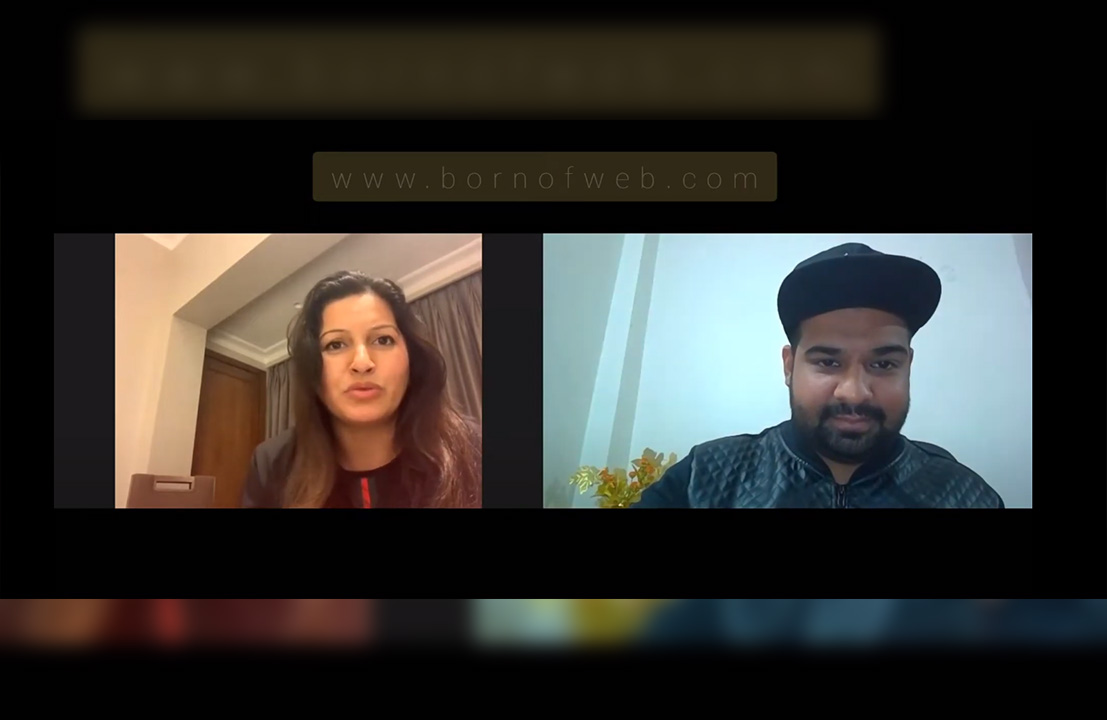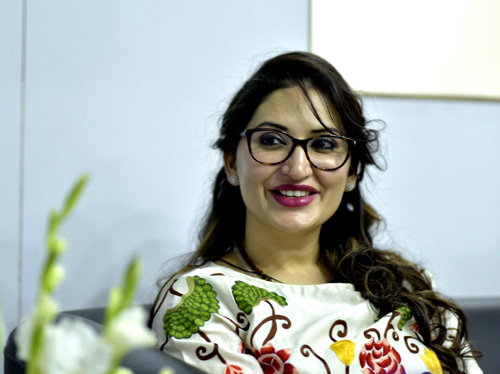
If you have been harassed in a park, beach or subway in Delhi, Mumbai or Goa, you can tweet to @SafecityIndia or use the #SafecityIndia hashtag
According to the incidents that have been reported to Safecity India, Delhi’s Connaught Place, Dwarka, Uttam Nagar and Okhla are the most sensitive areas

Thanks to the growing outrage over crimes against women and increasing public support, more and more women are coming out to talk about abuse they face. Now, here’s another effective tool that women can use to break silence. Twitter and Safecity have joined hands to provide a collective platform on the micro-blogging site where women can report any incident of harassment. The tweets will be compiled to take actions and possibly curate larger solutions to the vulnerable spots that draw maximum number of incidents.
To share their experiences of harassment in public spaces, users can tweet to @SafecityIndia or use the #SafecityIndia hashtag. Users can also choose to maintain their privacy by submitting their stories via Twitter’s Direct Message feature instead of a public tweet. Users will receive an automated response from the Safecity team, confirming that they have received their stories. The automated messages will also include useful information such as helpline numbers. “Twitter is equipping Safecity with a customised tool to monitor the conversation and tweets that users will be sending to report harassment. This backend tool will make it easier for them to respond to users seeking help and advice; as well as collate data around persistent issues that people are tweeting about, which they can then share with authorities. The voice of many on Twitter can then be used to bring about offline change,” Pratiksha Rao, partnerships manager, Twitter India, tells Born of Web.
EXCLUSIVE: The American singer who faced abuse for seven years; now an inspiration!
ELSA D’SILVA, co-founder and managing director of Safecity talks to KARAN BHARDWAJ regarding the latest initiative and how their previous efforts have actually brought small yet effective changes in various communities. Excerpts:
You started your campaign three years back. How effective has it been proved in curbing women-related crimes?
We started Safecity in the aftermath of the gangrape of Jyothi in Delhi. A large part of our work involves advocacy and awareness at the ground level. We conduct workshops for all age groups in different settings – schools, colleges, communities and corporate sector. We involve men and boys in the workshops and get them into the conversation. Many of them are surprised to hear the women’s experiences (since we rarely talk about them). Many men help us find solutions at the community level. For us we are working with the reports that are generated and use them to identify appropriate solutions at the neighbourhood level. We have several examples to show how crowdsourced data can identify local factors that make an area unsafe and how the same data is used to get institutions to fix things like street lighting, make clean and safe public toilets available and get the police to increase patrolling or change their patrol timings.
How do you think adding Twitter on board would make a difference?
Twitter is a new channel for reporting for us in addition to our web app, our missed dial facility and our local on the ground partnerships. The Twitter user base is quite niche and are open to sharing experiences. We want to make it easy for them to report so that we document every single instance of sexual violence in public spaces and add it to our database.
DON’T MISS: This video has shamed Pepsi!
How would data on crimes against women help public?
We send monthly trend reports to the police in Mumbai, Delhi and Goa and we are working on confirming other police partnerships. In addition, we work with other NGOs and citizen groups who use this data to make neighbourhoods safer. Apart from that, having this new data set in the public domain, adds to situational awareness for every individual. They may consume the information in different ways – women may feel empowered to break their silence knowing they are not alone, they may choose not to internalise the issue but view it differently when they see others reporting similar cases, some may be educated on what constitutes sexual violence and learn from others on how to deal with it. Whilst others may use the information to take personal precautions or rally their community using the data and hold institutions like elected representatives, police and municipal authorities accountable in doing their jobs. By making the issue more visible and providing data, it becomes easier for citizens to demand their rights and justice.
What solutions do you offer after identifying sensitive spots?
In Bandra, Mumbai, we worked with another NGO and citizen groups to document public violence, in particular, chain snatching and petty robbery. The data was presented to the police who changed their beat patrol timings but the residents created a communication network amongst themselves to disseminate information quickly and instituted a whistle protocol for their watchmen to alert the neighbours when things went wrong. It has been over two years and the chain snatching has stopped. So you see, data cannot be ignored and when used in the right manner can be extremely powerful. It can also bring communities together and find solutions that need not necessarily involve the police.
Must Read: This Indian model sets example in handling online trolls
How many stories have been reported so far in India?
We have close to 6000 reports from different parts of India with some from Nepal and Kenya. Yes we see that more women are willing to share their experiences because they can see their data is being used for solutions.
You did some amazing work at Lal Kuan in Delhi. Tell us about that.
In Lal Kuan, Delhi, we found there were 4 hotspots – one of which was a tea stall on a main road where men would loiter and stare at the women and girls intimidating them. They would avoid that road and take a longer route to wherever they had to go. So we organised a workshop along with the Fearless Collective and the girls painted the wall with staring eyes and subtle messaging that translates in English to “Look with your heart and not with your eyes”, “We will not be intimidated by your gaze”. The wall murals were so effective that the staring and loitering have stopped. It has been over nine months since it was painted.
Another hotspot in Lal Kuan was where women complained of being assaulted because they didn’t have access to public toilets. They were vulnerable when accessing the bushes to relieve themselves either early in the morning or late in the evening. Toilets were present in the community but locked because nobody wanted to maintain them. Armed with the data, we pressured the municipal authorities and elected representative to make public toilets available to the women and clean them on a regular basis.
MUST WATCH: When Greta Bradman teased Zubin Mehta on stage!
The time has come for women to speak and stand up. Refuse to be a victim!











